Trust the Inner Whoosh
The world seems to whoosh by our senses both outside and inside
You can feel speed and movement in an elevator or a car that is in motion. But you can also feel that whoosh feeling of being alive inside when you stop and look. Photo of light rays whooshing by, a pause in the infinite, by CHUTTERSNAP on Unsplash.
The whoosh is on the inside and the outside.
Listening to that inner whoosh is not what we do out in the world. No, we say, there is just too much going on out here, and I do not want to miss anything! But inside: whoosh. The whoosh can be many things. For example, it can be the sound and feeling of blood rushing and circulating, an exchange of gases and substances, that keeps the body and mind going.
The truth is that the sound of whoosh and the feeling of the whoosh are things that we don’t talk about. But still. The whoosh is one of the salient features of having a body, and in the practice of mindbody arts, the body is our means of expression.
The body “talks,” or expresses itself in the form of emotion or quality of energy, and many times what the body has to say is useful and informative. One of my meditation teachers, Richard Miller, said: “If you are serious about listening to the bodymind, try really hard not to go to the bathroom first thing in the morning!” We all laughed, but it is true. There are things the body insists on with urgency, and going to the bathroom is an obvious one. What if you treated all bodily signals like that? There are more subtle “whooshes” that the body expresses. You may need to experience the subtle whooshes many times before you name them or talk about them. Some common whoosh feelings are hunger, itch, temperature changes, tiredness, fuzzy eyes, fullness, muscle soreness, tightness, ache and pain in any part of the body, weight shifts and twists. Then there are my favorite whooshes the body can experience and express: relaxation, spaciousness, quiet and ease. These things have a feeling, too, that may be subtle but no less amazing. when the shoulders drop, the jaw lets go, and the entire body takes a breath.
It is an incomplete list of things the body can feel and sense, but in arts like Tai Chi, Qigong, meditation, and Yoga you train to calmly observe these things in a respectful, curious, nonjudgmental, compassionate and intentional way. There is a trust that the things that you sense are part of a pattern that is unique to you and connected to your whole life. You can be guided by these bodily sensations and use them to name your feelings and to understand your relationships to things, ideas, and other people. Each sensation is a unique experience, and each sensation can carry a message or a treasure, a “truth signal,” my teacher Ilana Rubenfeld said. The key is to value the signals and act on the signals. That means listening to yourself and trusting yourself to act on what you feel.
When we are doing Tai Chi or any art form, we are listening for these signals and using the signals to infuse the movements with life and meaning. When we listen to the body’s signals with sincerity, the body is befriended and respected for the magnificent being that it is. The body is not a burden that we haul around. The body can be honored. Yes, this body, in all its complexity, frailty and uniqueness, is living this life in its own way. Who cares what it looks like! What does the body feel like to you?


